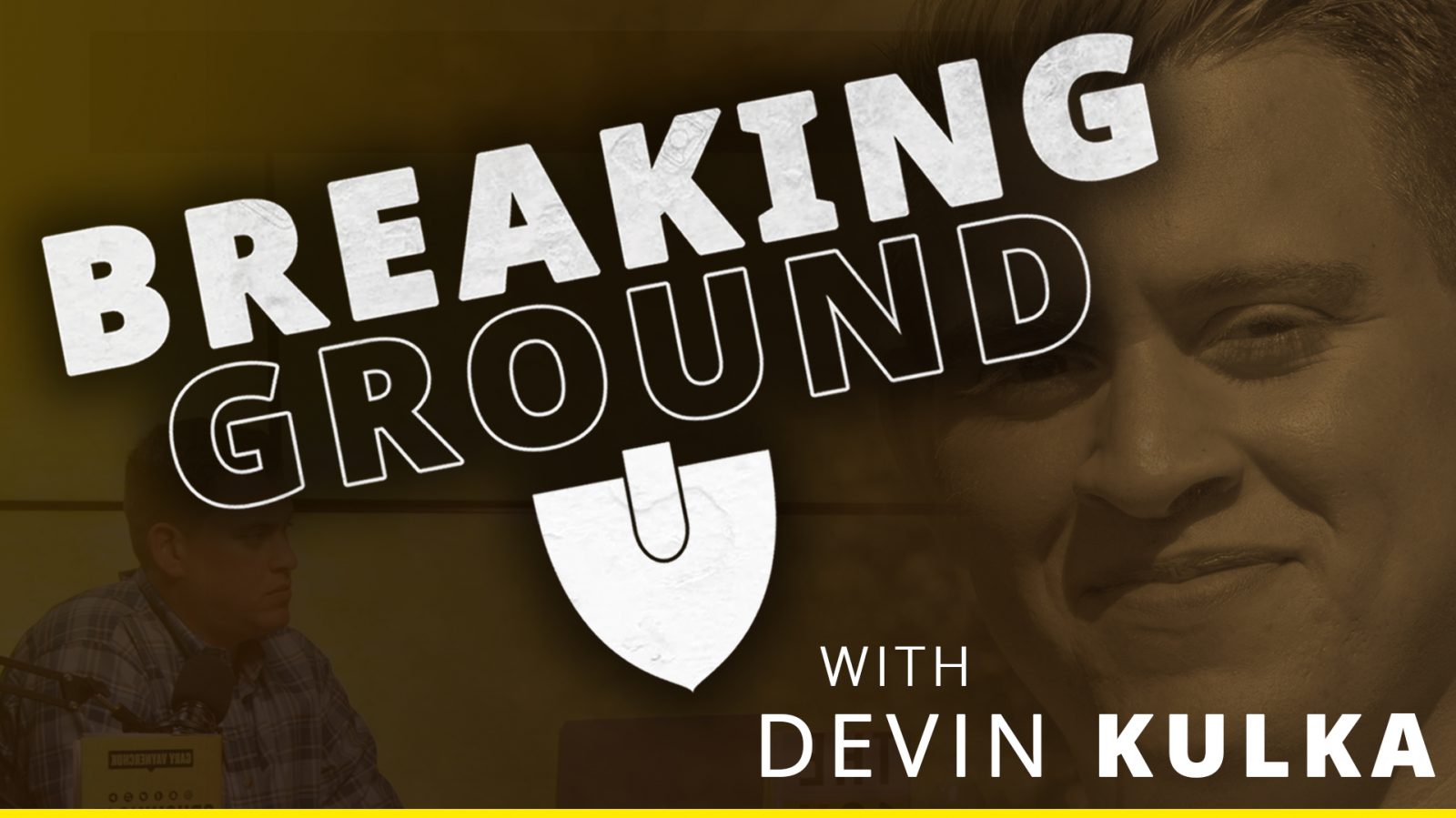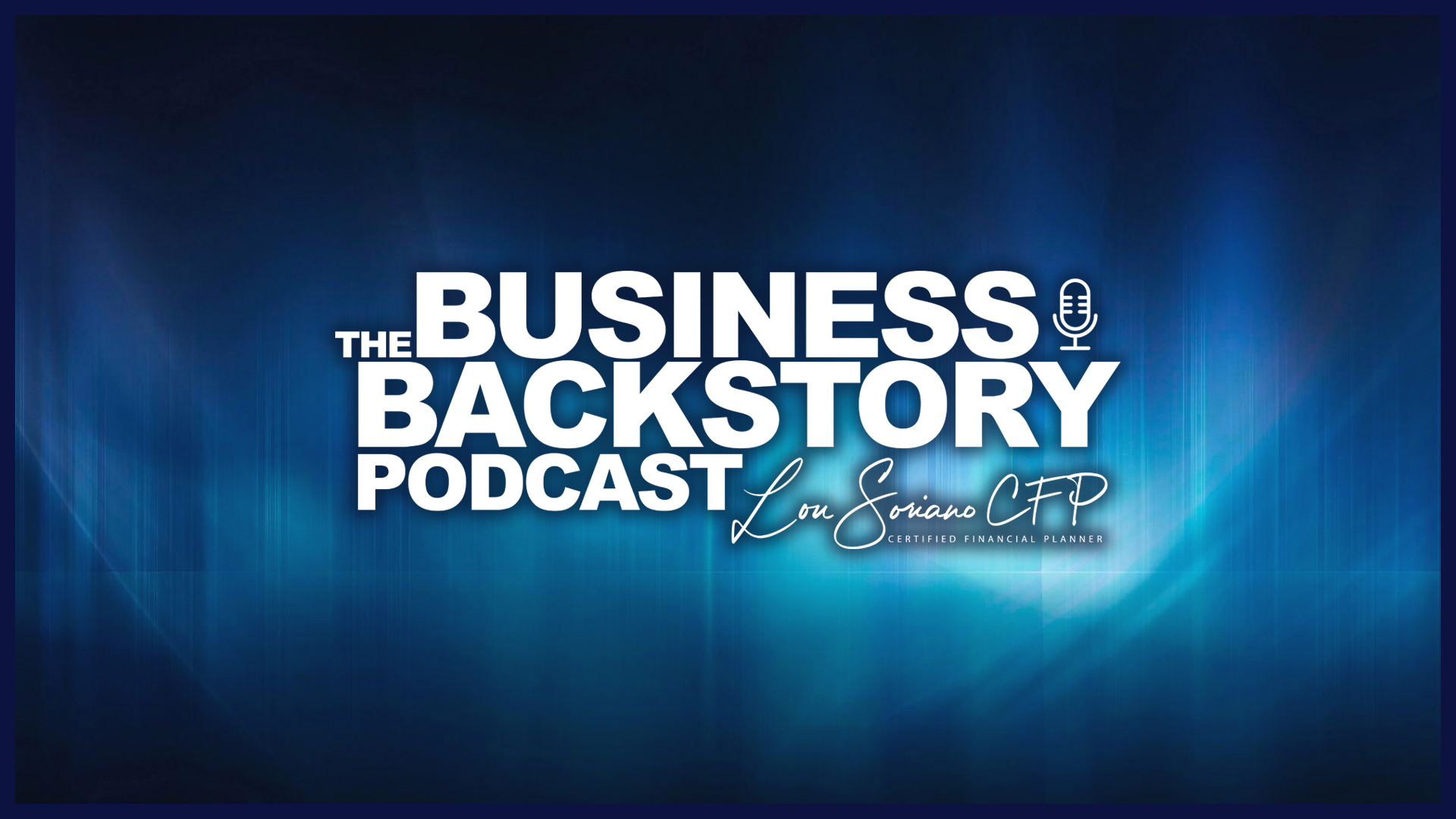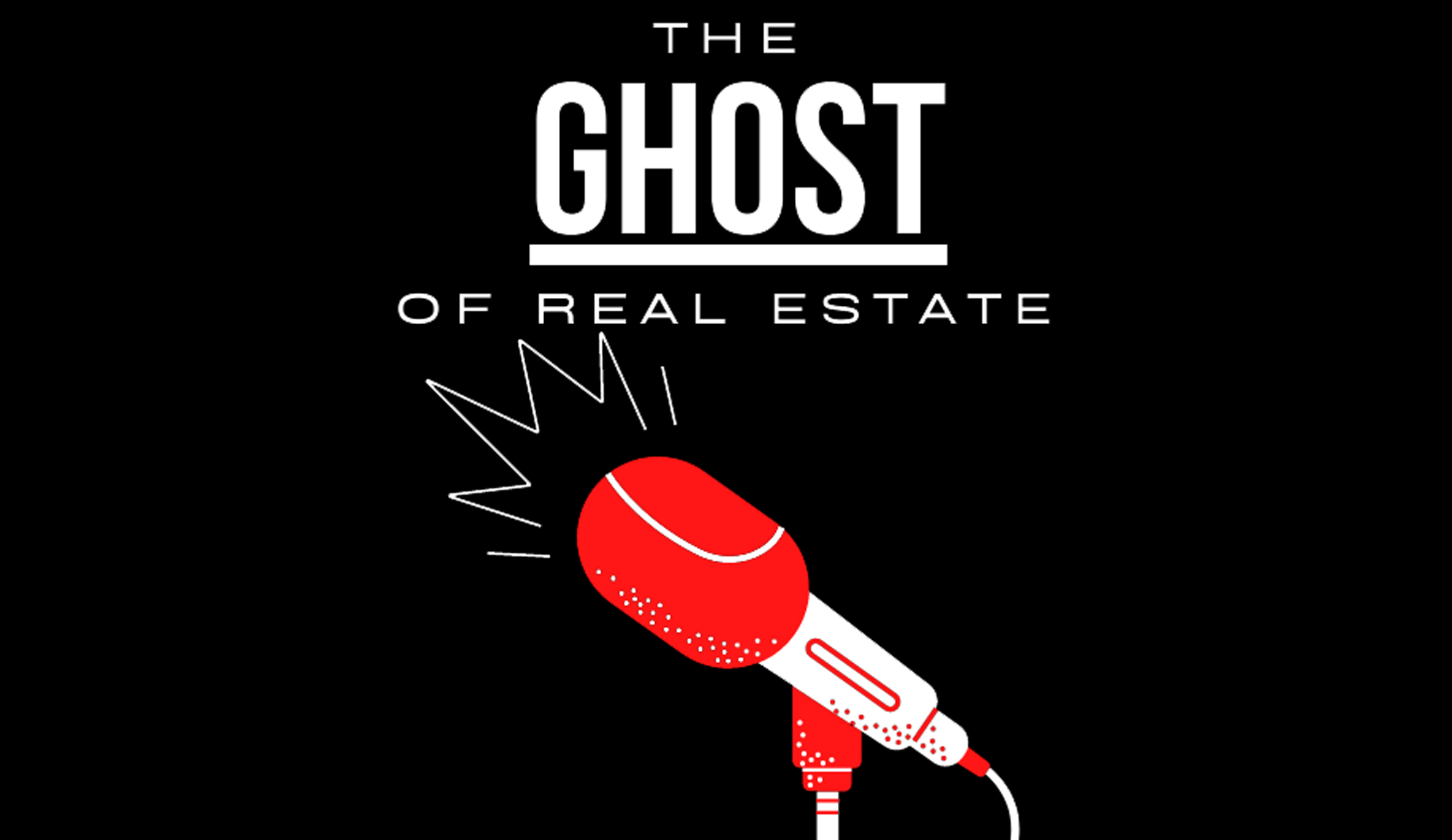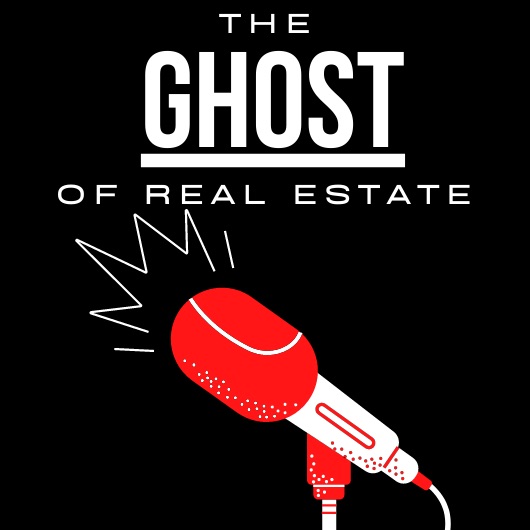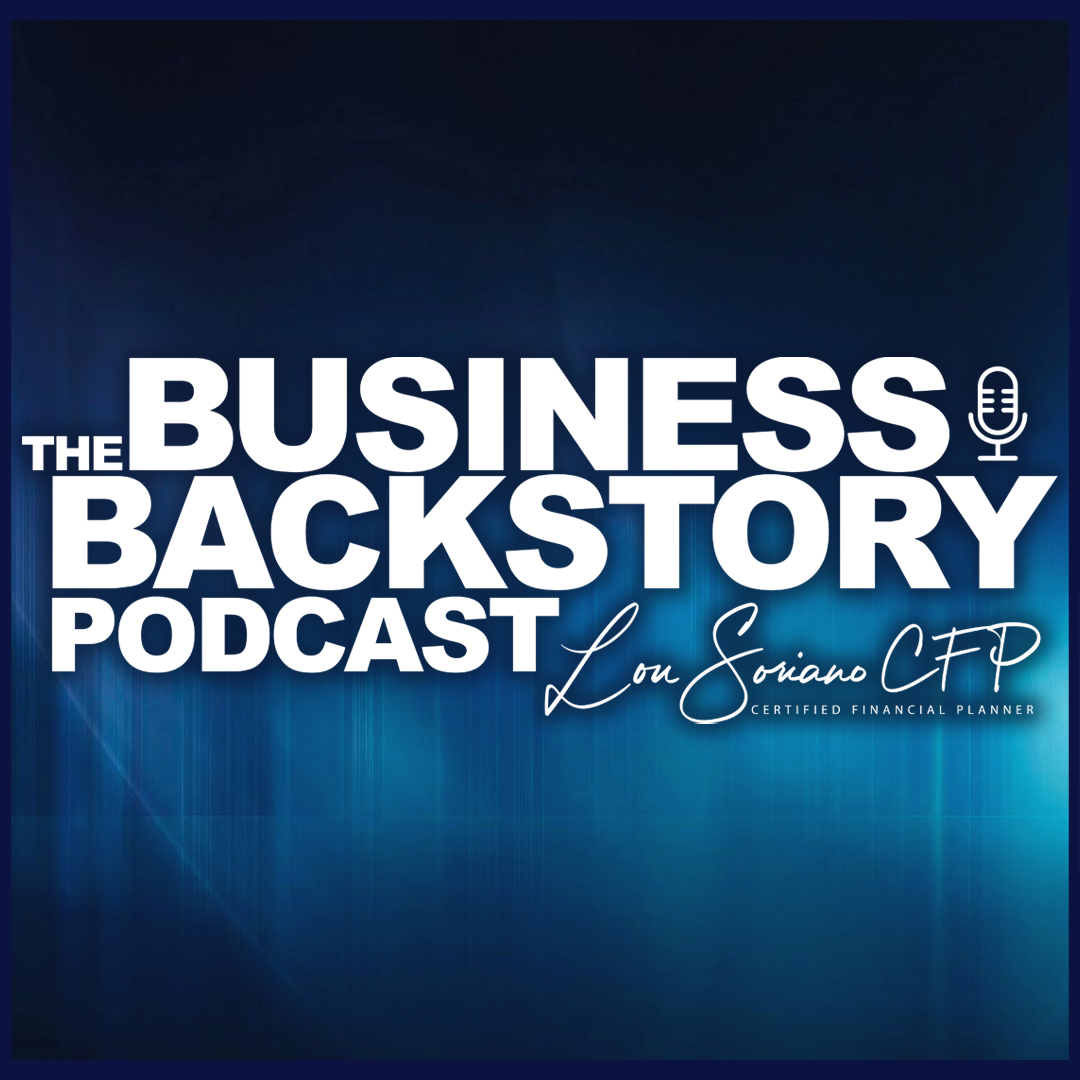
March 2021
5 Min Read
Five Things You Should Do If The Economy Slows In 2021
With all the volatility in the stock market, the trade war with China, the pandemic, election upheaval, and looming tax hikes from the new administration, it is beginning to look like 2021 is a year poised to slow down. Some have even said there is a possible recession just over the horizon. The counter argument upholds the power of today’s economy and the strengths of the markets. However, the rhetoric about a downturn has the potential to become a self-fulfilling prophesy.
Of course, some of this might just be hysteria, which the market has been known for. Paranoia, concern and uncertainty can turn the markets upside down. Even in really good times a wrong comment or reports that were unexpected can cause a sell off or serious dip in the averages. Market making via Twitter doesn’t help. Words do matter.
Just because you might be paranoid doesn’t mean they are not out to get you.
What if the talking heads are correct and 2021 sees a reversal or at least a pull back from the amazing market run ups we have experienced of late. Is your business in a position to weather yet another economic storm? What should you do if they are right and we do see a downturn?
Remembering 2008-2009 is probably a good guideline for taking action now. If you are a business owner who was operating then and are still in business you have the answers. History is a good predictor of the future especially when it has been lived and is relatively fresh. Ten years is not that long ago in business time. The past year has been a crucible for the business community. If you are still standing, you understand what needs to be done.
The swiftness of the 08-09 debacle is of course different from 2020. It took weeks for the Corona COVID-19 virus to impact life in America. By March and April, the stock market had retreated a full 30%. Panic was building until the Federal government opened the purse strings in the form of SBA loans (PPP and EIDL) which put a finger in the dike for businesses and direct checks were sent to sustain the taxpayers. Shortly thereafter the market began to recover. Sadly, main street businesses, especially brick and mortar stores, saw sales drop by 50, 60, 70% and more due to the stay-at-home restrictions placed on virtually all Americans.
Fast forward to the start of 2021 and we are again faced with a different set of economical possibilities than 08-09, maybe not as draconian as in the past, but worrisome, nonetheless. If hindsight is 20/20, these are the five most important steps to take now, if you haven’t done so during the pandemic:
1. Scour the P&L for opportunities to reduce costs
• At this point everything is on the line
• Don’t assume any line item is untouchable
2. Renegotiate existing contracts, vendor, and supplier prices
• When the economy slows everyone is in the same boat and reducing margins to keep customers makes sense
3. Make sure you stay in front of your clients
• The last place you should cut back is your marketing
• Get more creative in your messaging
• Make sensible attractive offers to potential clients
• Make sure you are in front of your audience on all platforms, media, and channels
4. Adjust payroll costs
• Consolidate employee responsibilities to reduce payroll costs
• If absolutely necessary, reduce staff size
5. Explore merger and acquisition possibilities
• Look to your competitors and suppliers for acquisition possibilities
• Adding sales or additional service lines
• Add market share
Using my company as an example, we attacked the challenges head on in 2010 and again in 2020. Facing a reduction in sales approaching double digits – belt tightening became the watchword. All agreements, contracts, pricing structures, head count and every expense line item were examined for savings. Extras, splurges, and the shiny objects were put under the microscope and jettisoned as unnecessary. Streamlining the budget to reflect the new cash flow was the primary goal. Fortunately, we were successful in negotiating more favorable rates from some of our long-time vendors and suppliers, accessed PPP funds and even EIDL, which helped tremendously.
What we did next were the most important things we did to survive. We doubled down on our own marketing. We turned up the fire under all of our channels – print, mail, cable TV, social media, blogging, and of course serious networking. We needed to capture a larger slice of a shrinking market. I even launched an interview/podcast series targeting CEOs.
Simultaneously we pursued acquiring synergistic companies and were successful closing three deals. The result of the deals was stopping the bleeding of reduced sales and cash flow. Bridging the top line gap was critical in allowing the company to function without becoming invisible in the marketplace. It also allowed us to build critical mass that the lending institutions looked upon favorably. 2021 puts us back in the same mindset, acquiring and consolidating revenue and skill building opportunities.
I don’t believe that even the most dramatic prognosticators are predicting a repeat of the 2008-2009 recession, but any downturn will ultimately touch all businesses. To be forewarned is to be forearmed.




















